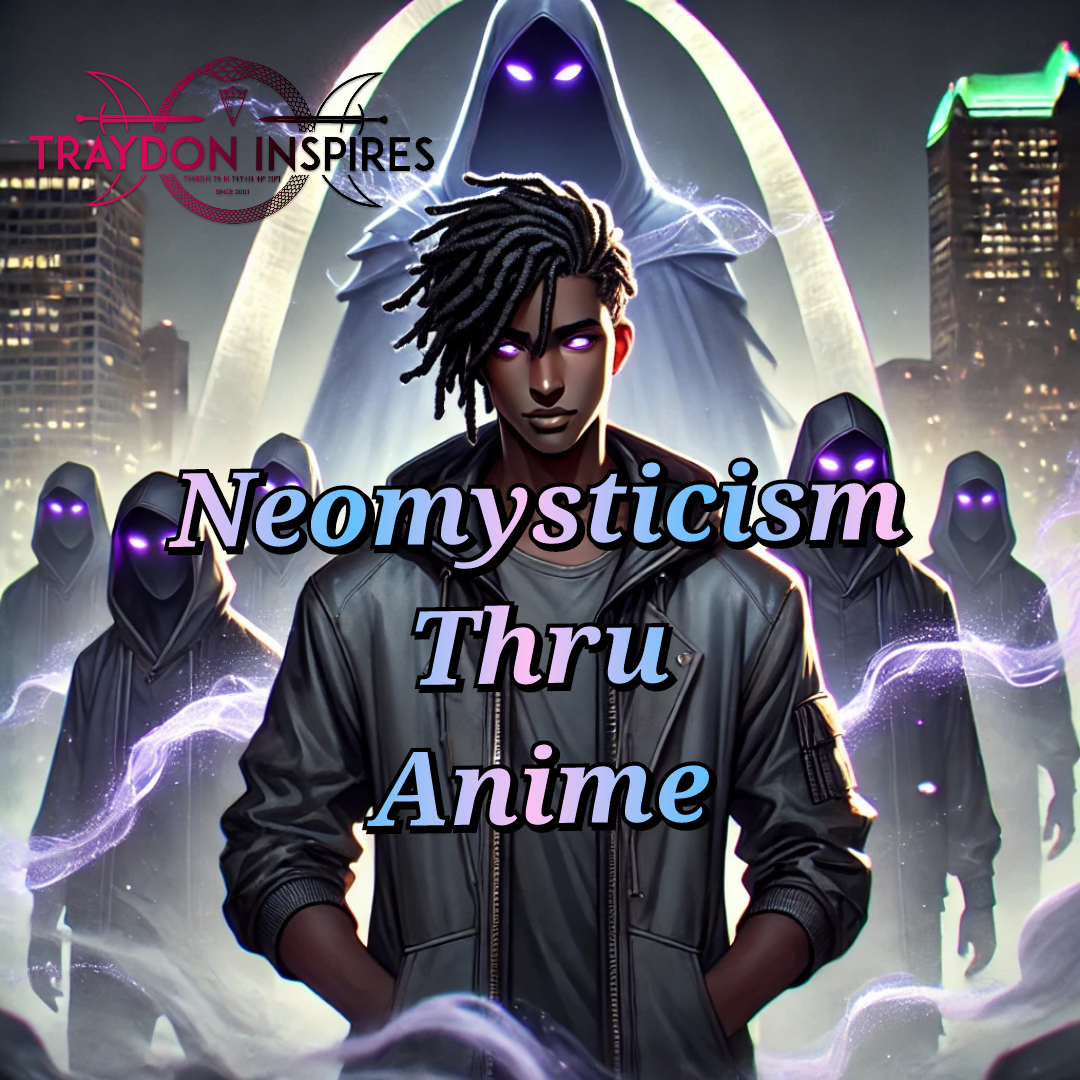Exploring the Mystique of Light Language
A Convergence of Mysticism, Science, and Linguistics

Introduction
The concept of light language, an intriguing aspect of mystic and linguistic studies, presents a fascinating intersection of ancient traditions, modern parapsychology, and neuroscientific understanding. This essay delves into the essence of light language, its
mystical origins, and its connections with historical and contemporary phenomena like xenoglossy and speaking in tongues. By exploring these elements, we aim to understand the broader implications of light language in the realms of mysticism, consciousness, and human communication.

The Nature of Light Language
Light language is considered an etheric form of communication, often described as the language of the soul. It transcends conventional linguistic structures, expressing itself in various forms like spoken words, signs, and written symbols. Unlike typical languages, light language is understood intuitively, resonating at a soul level and often associated with higher dimensions of consciousness. It's believed to be a channel for transmitting healing intentions and energies, connecting individuals with their higher self and spiritual realms.

Historical and Paranormal Contexts
The phenomenon of speaking in tongues, as described in the Bible, shares similarities with light language. Both involve a form of communication beyond ordinary human understanding, believed to be guided by a divine or mystical force. Additionally, xenoglossy – the ability to speak languages not learned through natural means – adds another layer to this discussion. While often approached with skepticism, xenoglossy cases sometimes point towards the subconscious mind's capacity to retain and express linguistic knowledge, providing a potential scientific explanation for seemingly miraculous linguistic abilities.

Neuroscientific Insights
Modern neuroscience offers explanations for phenomena akin to light language and xenoglossy, particularly in cases of brain trauma or bilingual aphasia. Here, the brain's linguistic capabilities are rearranged, leading to the unexpected fluency in secondary languages or the loss and recovery of language skills. These insights provide a rational perspective on how the human brain processes and stores languages, potentially explaining some instances of spontaneous language expression.
Conclusion
Light language, as a concept, sits at the crossroads of mysticism, linguistics, and neuroscience. It invites us to consider the vast and often untapped capabilities of the human mind and spirit. Whether interpreted as a mystical tool for metaphysical healing or a neurological phenomenon yet to be fully understood, light language challenges our conventional understanding of communication, consciousness, and the human experience. As we continue to explore its mysteries, light language remains a testament to the profound depths of human expression and the enduring quest to connect with something greater than ourselves.
Join The Patreon For More Exclusive Content Here
Traydon Inspires Diary Intries


















